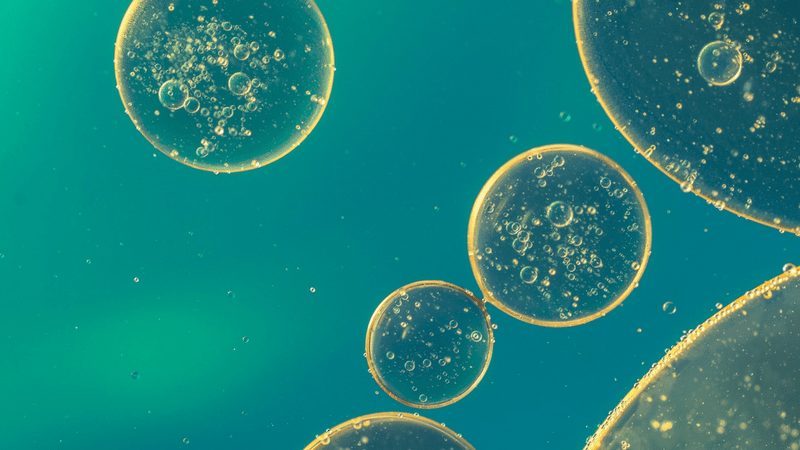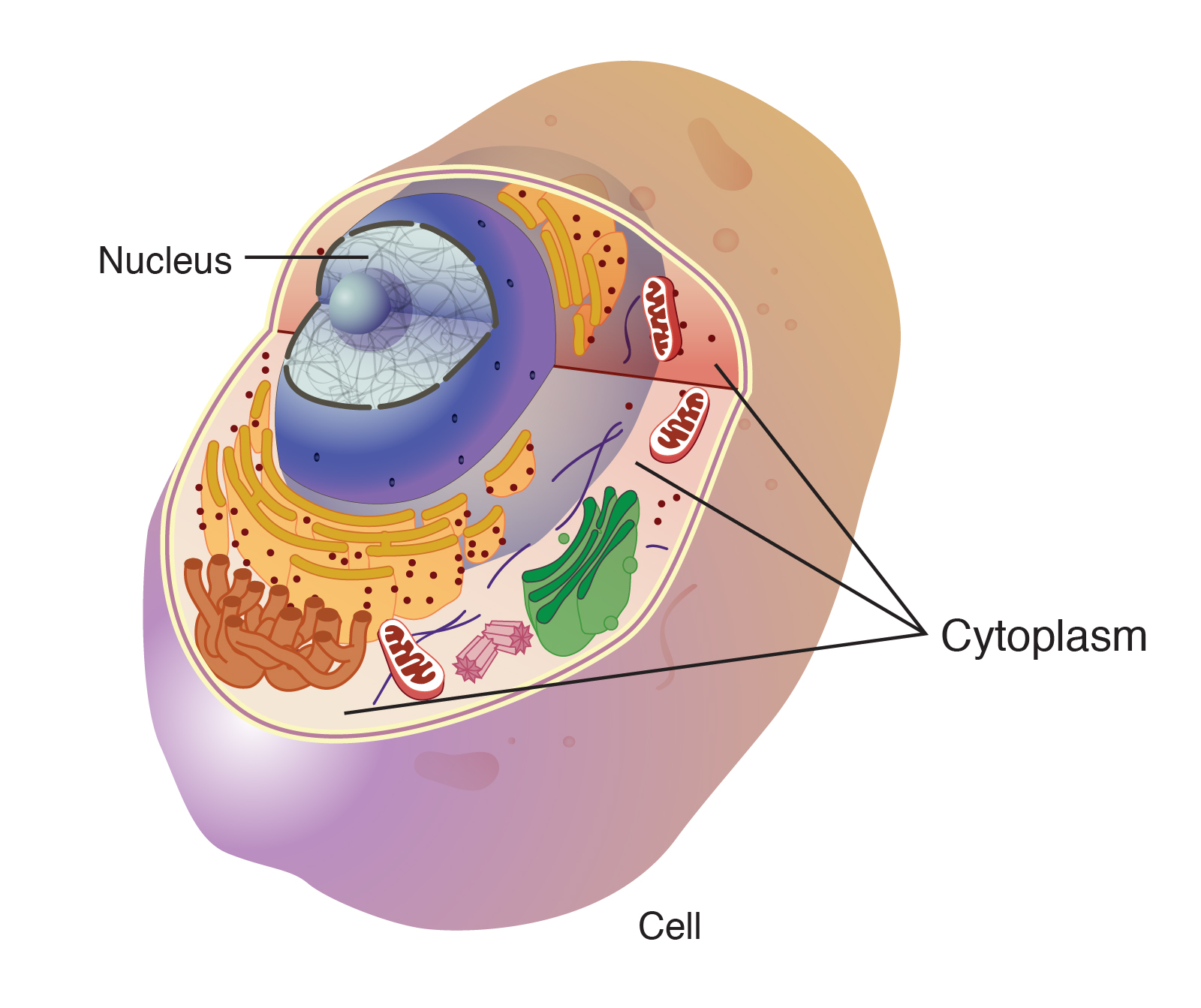Answers To The Question: What Are Cytoplasms?
CYTOPLASMS – In this article, we will learn about what cytoplasms really are as well as their importance.

Cytoplasms is made up of all the contents outside of the nucleus, enclosed inside the cell membrane. It also clear and gel-like.
It is also primarily made up of water. However, it also contains enzymes, salts, organelles, and various organic molecules.
All of the organelles in eukaryotic cells, such as the nucleus, endoplasmic reticulum, and mitochondria, are found in the cytoplasm.

The part of the cytoplasm that is not contained in the organelles is called the cytosol. Although they appear to have no form or structure, it is actually highly organized.
Cytoplasms also has three important functions:
- Support and suspend organelles and cellular molecules.
- Support cellular processes such as protein synthesis, glycolysis, mitosis, and meiosis.
- It helps to move materials, such as hormones, around the cell and also dissolves cellular waste.
According to an article by ThoughtCo, the cytoplasm may be divided into two parts: the endoplasm and ectoplasm.
The endoplasm is located at the center of the cytoplasm. It houses the organelles.

The ectoplasm, on the other hand, is the gel-like portion of the cytoplasm of a cell. In prokaryotic cells, the cytoplasm consists of all of the contents of the cell inside the plasma membrane.
In eukaryotic cells, such as plant and animal cells, the cytoplasm consists of three main components:
- Cytosol
- The cytosol is the semi-fluid component or liquid medium of a cell’s cytoplasm. It is located outside of the nucleus and within the cell membrane
- Organelles
- tiny cellular structures that perform specific functions within a cell. Examples of organelles include mitochondria, ribosomes, nucleus, and Golgi apparatus.
- Cytoplasmic Inclusions
- Cytoplasmic inclusions are particles that are temporarily suspended in the cytoplasm. Inclusions consist of macromolecules and granules
Thanks for reading. We aim to provide our readers with the freshest and most in-demand content. Come back next time for the latest news here on Philnews.
Like this article? READ ALSO: Binary Fission – What Is Binary Fission In Biology?
